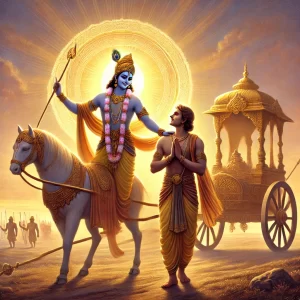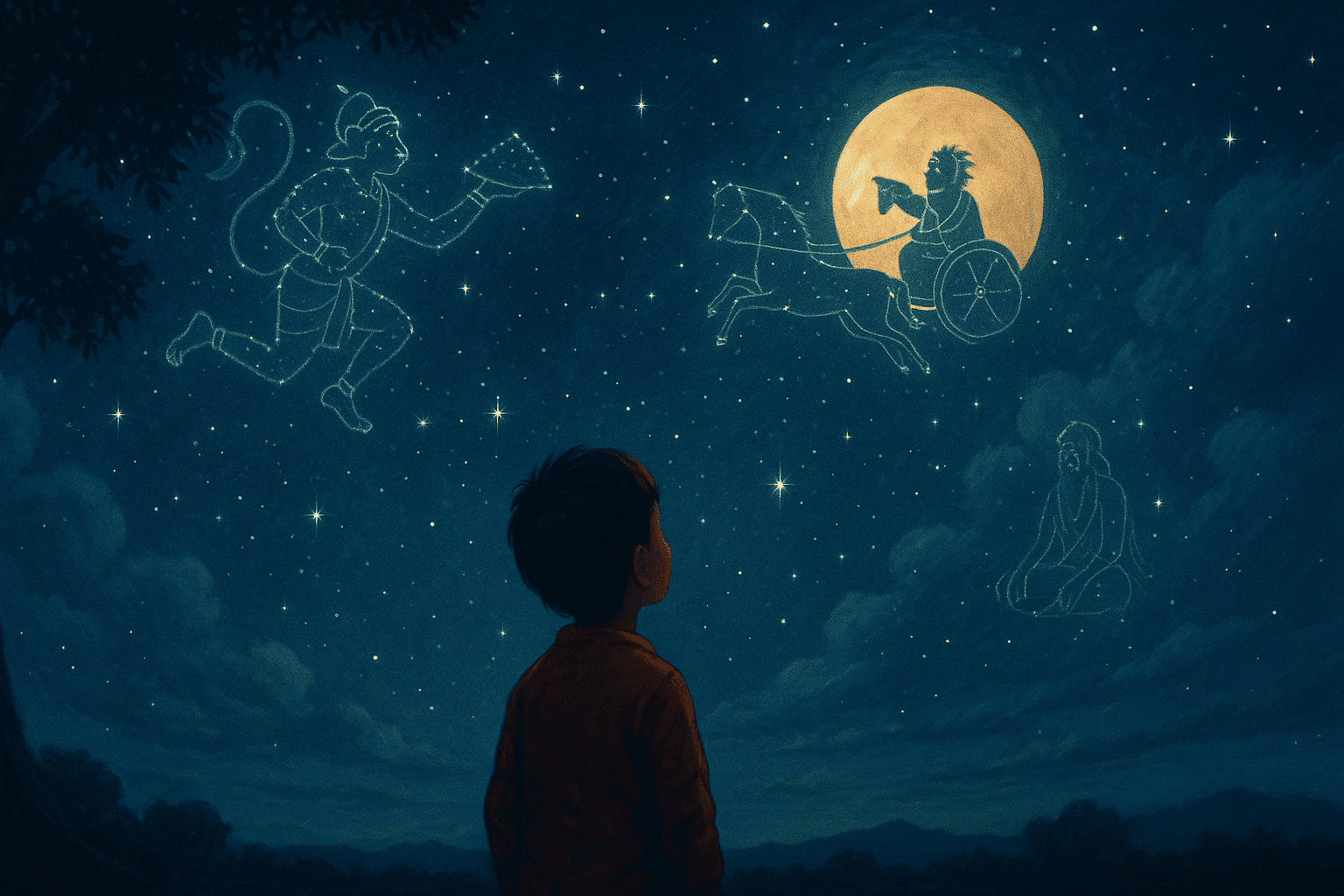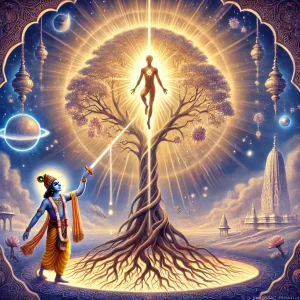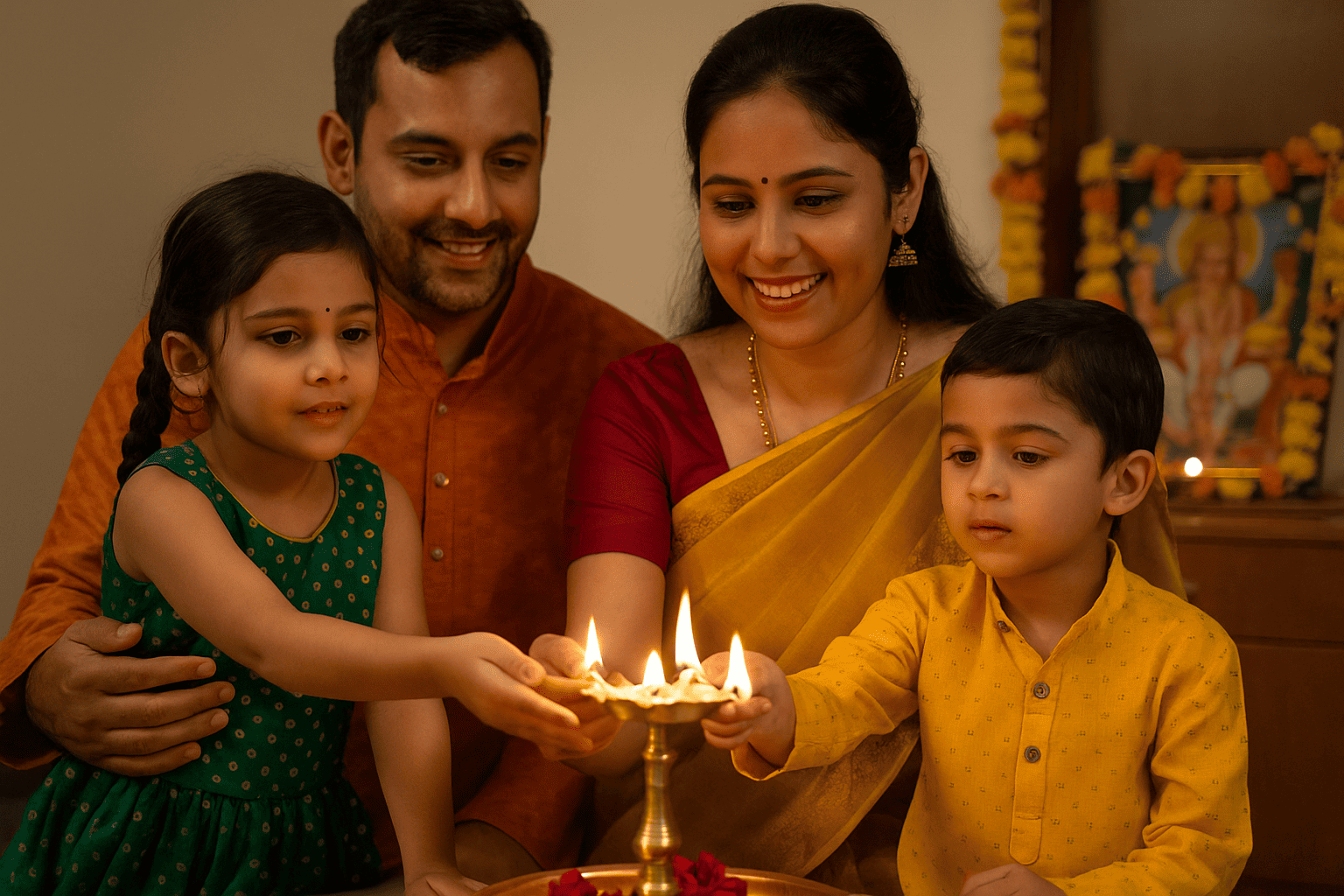

A Berry Tots Reflection
Long before maps or machines, we looked up.
To wonder.
To measure time.
To tell stories.
Before calendars, clocks, or textbooks, there was the sky. It has always been our oldest teacher and our first mystery. In every culture, and especially in Indian tradition, the vast stretch above has never just been empty space—it has been sacred, full of stories, shaped by symbols, and alive with questions.
For children, the sky is still a canvas. They look at it not for weather reports or flight schedules but for the joy of discovery. The sky asks nothing and yet gives everything: light, time, rhythm, direction—and perhaps most importantly, a sense of wonder. At Berry Tots, we believe that nurturing this wonder is one of the most beautiful gifts a grown-up can give.
Children do not see the universe as a set of facts. They see it as a conversation.
When a child asks, “Why does the moon follow me?” or “Where does the sun sleep?”, they are not looking for scientific formulas. They are asking to be included in the story of the world. They want to feel that they belong in something much larger than themselves.
In Indian storytelling, the cosmos is never cold or impersonal. It is filled with characters, journeys, and meaning. The moon, for example, isn’t just a satellite—it is Chandra, a radiant god pulled across the sky in a silver chariot. His waxing and waning are not random—they’re part of an ancient tale of loss, love, and regeneration.
And what of the stars? The Saptarishi, or Seven Sages, are not just constellations but seers who continue to guide the world from above. The Pole Star, known as Dhruva, is the reward for a young boy’s unwavering devotion. In these stories, the sky becomes a mirror of the heart—a place where emotion and observation meet.
For a child, this connection between sky and story invites a special kind of reverence. It helps them sense that what is above us is also within us.
In the rush to teach children everything, we often forget the one thing that makes learning last: awe.
Children can be told facts—but they remember stories. They can be taught information—but they grow from imagination. Wonder slows time. It makes room for curiosity. And it allows children to ask deeper questions—not just “what is that?” but “what does it mean?”
Let’s take some of the stories from the sky:
When a child hears these stories, their world expands—not just upward, but inward. They learn that questions are not problems to be solved, but doors to be opened.
Wonder, then, becomes the quiet soil where spiritual imagination takes root.
India doesn’t have one sky—it has a thousand skies. Every region, every language, every grandmother’s voice has added its own thread to the cosmic tapestry.
In Tamil Nadu, the evening stories may begin with Vishnu floating upon Adisesha, the serpent of time, as the stars glimmer above him like temple lamps. In Bengal, the tale of Chand Sadagar and the eclipse brings both awe and fear. In Maharashtra, children grow up hearing about Vitthala, the god who waits patiently, always under the open sky.
These stories are shaped by geography, weather, dialect—and yet they all do the same thing. They teach us that the sky is not just a direction, but a stage. And on that stage, our fears, our faith, and our hopes play out with dazzling beauty.
Even the phases of the moon are not just science—they are memory. A grandmother pointing to the crescent and calling it pirai. A father noting the full moon and offering water. A child waiting for Pournami, when moonlight washes the house with calm.
These are the rituals of belonging. They remind us that time is not only measured in minutes and hours—it is measured in meaning.
We often teach children to look both ways before crossing the street. But how often do we teach them to look up?
The sky can be a playground, a classroom, and a temple—all at once. But only if we help them notice.
These are not idle moments. These are sacred ones.
When you tell a child the story of Hanuman leaping across the sky to swallow the sun, you are not just sharing a tale. You are giving permission—to leap, to reach, to dream.
When a child hears of Indra’s thunderbolt and Varuna’s rainclouds, they begin to see weather as something divine, not just forecasted. They begin to walk through the world as if every part of it has a purpose.
And it does.
At Berry Tots, we believe that stories don’t just teach facts—they teach sight.
Through projects like Banyan Tree Whispers, we’ve seen the impact of nature-based stories. But perhaps no part of nature is as silent and spectacular as the sky. It requires no props, no equipment—only a willing gaze and a story told in a soft voice.
When we guide children to look at the stars not as numbers, but as elders,
When we describe the moon not as a rock, but as a companion,
When we pause, even for a moment, to look up and name a shape in the clouds—
—we are shaping something far bigger than vocabulary. We are shaping their sense of belonging in the universe.
So the next time a child tilts their head back and asks, “What’s up there?”
Sit with them.
Tell a story.
And look up.
You may find that the story you’re telling them… is also telling you.







